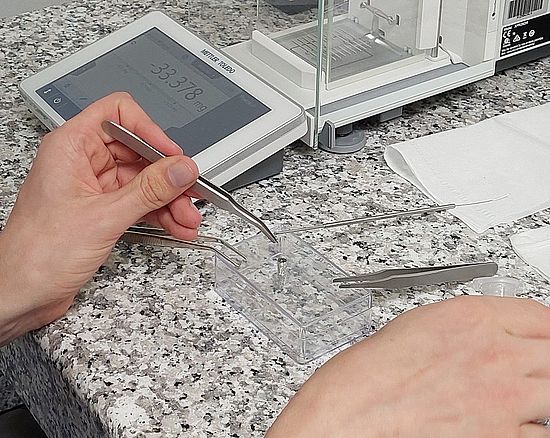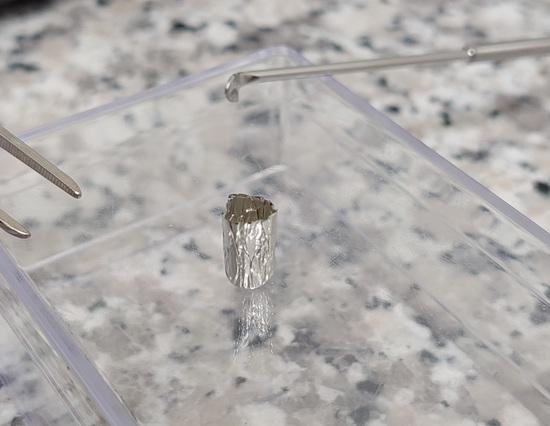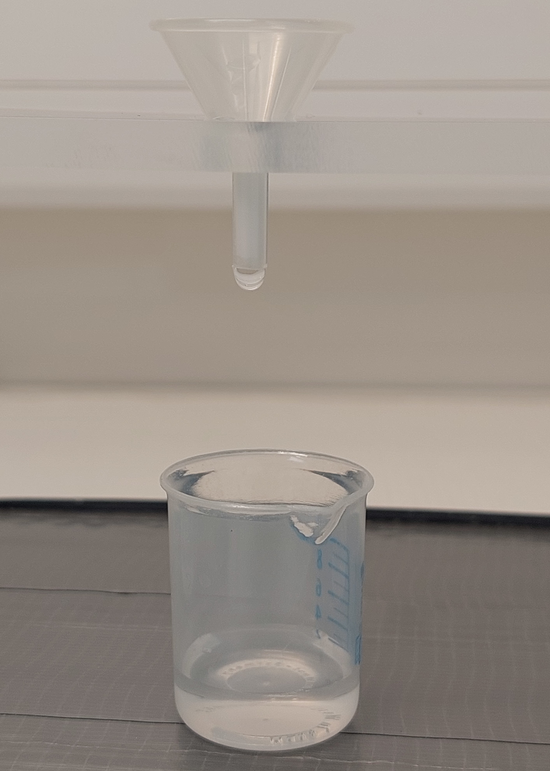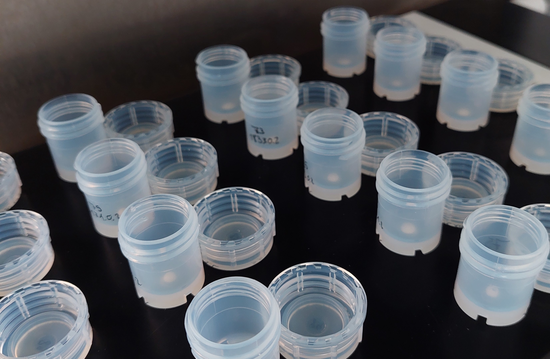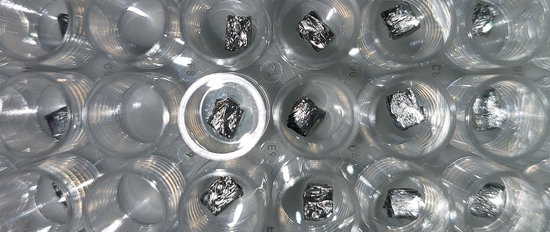
Isotope analysis
Isotope analysis Dr. Claudia Gerling
Isotope analysis as a branch of archaeobiology determines the composition and ratio of isotopes of different chemical elements in archaeological samples such as human and animal skeletons, botanical remains and archaeological objects in order to draw conclusions about the mobility and migration of humans and animals, subsistence farming and human-animal-environment relationships. Social archaeological questions can also be answered.
Isotope analysis is part of the PNA studies at the University of Basel.
Cyclical courses:
- The lecture with internship "Isotope Analysis in Archaeology": takes place every fall semester and provides a theoretical and practical introduction to the subject.
- The opportunity for internships, project work and final theses at BA and MA level passes.
We apply strontium and stable carbon, oxygen and nitrogen isotope analyses to human and animal skeletal remains and archaeobotanical material.
We carry out research projects in Switzerland, e.g. with the cantonal archaeologies of Aargau, Basel, Fribourg, Graubünden, Lucerne, Thurgau and Zurich, as well as international projects, e.g. in Germany, Spain and the Ukraine. Our samples come from all archaeological epochs, with a focal area in the Neolithic, Bronze Age, Roman and Early Middle Ages.

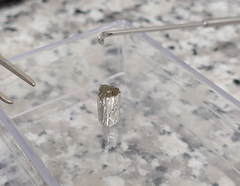
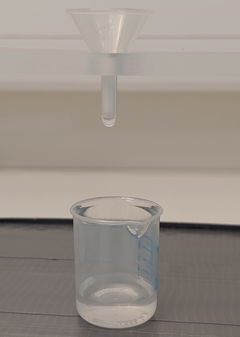

Kontakt Isotopenanalyse
Staff
Projects not in the database
Bronze Age alpine farming in Graubünden (Switzerland):
Alpine cattle grazing from Ramosch-Mottata in collaboration with Dr. Thomas Reitmaier, Graubünden Archaeological Service
Mobility and migration using the example of the Roman cemetery Stazione Alta Velocità, Bologna (Italy):
in collaboration with Dr. Marco Milella, Anthropological Institute and Museum, University of Zurich
To answer our questions, we use strontium isotope analyses and stable isotope analyses of carbon, oxygen and nitrogen.
In the spirit of integrative archaeology, the scientific results are combined with sound knowledge of cultural studies.
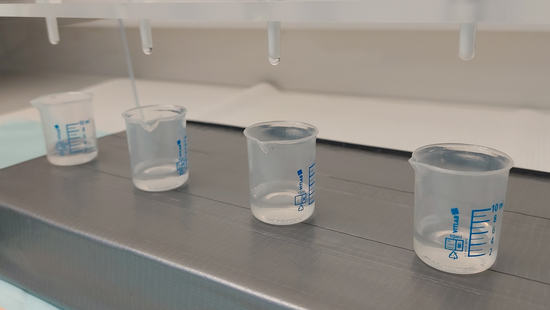
Sample collection
Samples are usually taken in the IPNA laboratories (or at the lender's premises), and samples are also prepared in the IPNA laboratories. Analysis by mass spectrometry is carried out in long-term cooperation with the BaSIBL of the University of Basel and the University of Southampton, National Oceanography Center. The evaluation of the results takes place in close inter-/transdisciplinary collaboration with all cooperation partners.
Quick Links
Social Media

